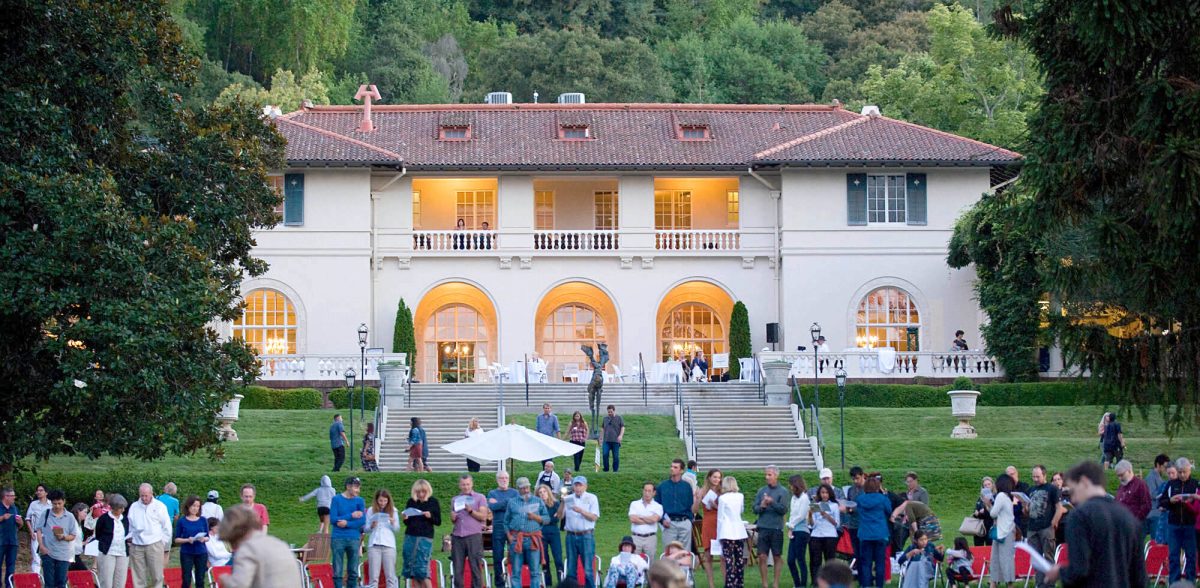Last spring, junior Nila Venkataratnam was inspired by the advertisements, candidates and campaigns she saw online urging citizens to vote in the upcoming elections and wanted to ensure that students like herself would grow into active voters.
So she took two concrete actions. First, she registered the school to participate in a statewide student mock election for the first time. Then, she helped bring back a lapsed club called Democracy Matters to help organize and spread awareness about the Oct. 2 event.
“This election could change so much for the state of our democracy. As students, it’s important for us to understand all of this and realize that we have the power to sway the vote, because we understand more about the topics,” Venkataratnam said. “My main goal is to help students immerse themselves in democracy, because it will affect us.”
The event consisted of a group of six students — seniors Alan Cai, Timothy Leung, Anisha Rahut and Anushka Tadikonda, junior Lavanya Bose and sophomore Sanyukta Ravishankar — who each represented a different political party for the purposes of the demonstration (which didn’t necessarily correspond with the student’s personal stance). The “candidates” addressed key political issues, including the economy, gun control, abortion, housing and education during the policy presentation at tutorial.
Following this presentation, over 600 students voted on the parties and propositions during their social studies classes. The results came out two weeks later: students elected Kamala D. Harris and Tim Walz as the President and Vice President (64%), Adam B. Schiff for the unexpired and full Senate terms (69% and 76%), and “Yes” on all 10 propositions except Prop 33. With 133 votes, Donald J. Trump claimed 20% of the votes.

Results from the student mock election.
The results from the school are similar but not quite accurate in representing the average political opinion in California. While the outcomes are the same compared to the statewide results — except that Proposition 33 would have been passed in the state — the margins by which a candidate won were much slimmer. Locally, Saratoga students leaned much more toward Democratic candidates than other students statewide, though both results indicated overwhelming support for the party.
Despite the fact that they account for just 15% of the total vote, Venkataratnam firmly believed that it was important to include the views of the four other independent parties, the Peace and Freedom Party, American Independent Party, Libertarian Party and Green Party. She admits that, although many of the parties overlap, there shouldn’t be a pressure to align with a majority party just because everyone else does.
“There’s so many different views and ways these parties approach different situations, so I think people shouldn’t just focus on Democrats and Republicans being the only parties,” Venkataratnam said.
Her goal with the mock election was to capture even those in the audience with a short attention span and zero in on the most important issues at hand. If there was more time, Venkataratnam said she would have addressed more topics that are especially relevant in today’s world, such as climate change.
“We are the future of the country,” Venkataratnam said. “And if you don’t understand that, if you don’t take the time or if you don’t put an effort to actually understand what’s going on in democracy, then it can end up hurting us in the future.”


























